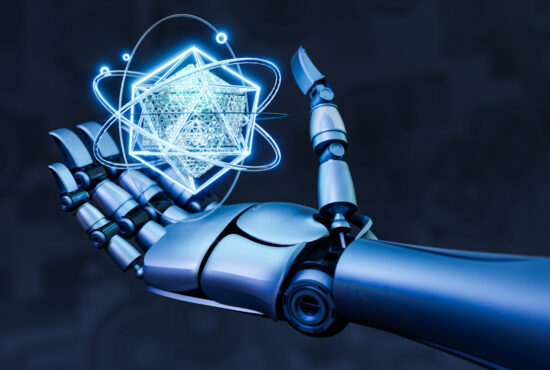Introduction
Before diving in-depth into Internet of Robotic Things (IoRT) let us see how it came about. Throughout the last few decades, robots and robotic systems have brought significant changes to numerous socioeconomic areas of human civilization. Product assembly, automobile painting, box packaging, and shield welding are all examples of sectors where industrial robot manipulators are commonly utilised to execute repetitive, monotonous, crucial, and/or dangerous activities. Due to their excellent accuracy, precision, durability, and speed, these preprogrammed robots have always been particularly effective in a variety of structured industrial applications. Robotic technologies were integrated with existing network technologies to widen the range of functional values of these robots when deployed in unstructured scenarios during the development of networked robotics in the 1990s.
The restrictions have prompted academics to consider “Cloud Robotics,” a new type of efficient robotic system. Cloud robotics can be defined as a system that uses the “Cloud Computing” infrastructure to access massive amounts of processing power and data in order to run [5]. That is, unlike networked robots, all sensing, processing, and memory are not integrated into a single independent system. When a network connection is unavailable or unstable (i.e., offline), cloud robotic systems sometimes contain some of their capacity for local processing for low-latency replies.
Definition
Academics Francois-Xavier Dudek and L.D. Fauvet invented the term “Internet of Robots” (IoRT) in a study published in the Journal on Autonomous and Adaptive Systems in 2009. The Internet of Robotic Things is a concept in which intelligent devices may monitor events, combine sensor data from many sources, apply intelligence to identify the best course of action, and move physical items. The key distinction between IoT and IoRT is that, in addition to sharing data and communicating, IoRT devices may also move around in the real world and interact with existing items. It’s also a global information society infrastructure that enables advanced robotic services by interconnecting robotic things based on existing and evolving interoperable information and communication technologies, where cloud computing, cloud storage, and other existing Internet technologies are centred on the benefits of converged cloud infrastructure and shared services that allow robots to benefit from powerful computational capabilities.
IoRT and Possible Implementations
Robotics and the Internet of Things are widely used across the supply chain. IoRT is used in maintenance, for example, where robots can identify and solve issues in existing systems on their own. Mass production can also benefit from automated manufacturing technologies. Furthermore, e-commerce provides sufficient room for IoRT implementation, allowing robots to locate, pack, label, and ship things after they have been ordered on a website.
Another field where IoRT may be used in healthcare. Humans can use intelligent robots to assist with patient care, monitoring, and even surgery.
Consumers nowadays are also hoping to have personal robots in their homes soon. Other smart gadgets and automated systems can benefit from the incorporation of robots. Cleaning the house or walking the dogs can improve comfort and convenience.
Finally, security and surveillance are two areas where robots might be beneficial. In crisis management, where personnel is in danger, robots would be an appropriate answer. They can also deliver goods and give assistance to victims.
The versatility of IoRT :
Industries have begun to blend this technology with their machinery in order to get better outputs with fewer faults. Not only can this technology be used for automation, but it can also be used with artificial intelligence, Digital Twins, Distributed Ledger, VR/AR, and many other technologies. This broadens the scope of what IoRT can accomplish.
Suitable Existing Robots for IoRT Architecture
In general, there are two types of robotics: Service robotics and Field robotics. Humanoid and domestic robots that perform human-oriented support jobs are referred to as Service Robotics. Domestic jobs, office work, personal mobility assistants, room cleaning, and deliveries are all examples. Field Robotics, on the other hand, defines robots that operate in unstructured and uncontrolled situations, often outdoors. Aerial, Marine, and Ground robots are the three subcategories of field robots. These robots can operate in a broad range of operational and environmental settings.
Conclusion
The Internet of Things (IoT) and robotic systems are closely working, changing their relationships, and managing to produce new-generation products with the onset of the Fourth Industrial Revolution. The backbone of the so-called Industry 4.0 is disruptive technologies like this. The Internet of Robotic Things is a concept that combines robotic agents and IoT to create new possibilities in both industrial and research fields, including manufacturing, agriculture, health, surveillance, and education. The state-of-the-art of IoRT applications is detailed in this publication, with an emphasis on the key open difficulties of integrating robotic technology into smart settings and their influence on numerous academic disciplines. The impact of IoRT technology and applications in everyday life is also highlighted, highlighting the necessity for greater research into remote and automated applications.
